By now you may have heard the term conversational commerce. Aside from some catchy alliteration that, honestly, just makes it fun to say, you may not know much about it why everyone’s talking about it. Let’s clear things up a bit.
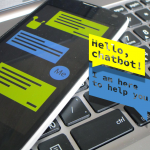 Conversational commerce refers to the transactions that take place through digital conversations consumers have with brands on messaging apps like web chat, Apple Messages for Business, text messaging, and even Facebook Messenger.
Conversational commerce refers to the transactions that take place through digital conversations consumers have with brands on messaging apps like web chat, Apple Messages for Business, text messaging, and even Facebook Messenger.
The interactions that take place are powered primarily by chatbots that process consumer messages and offer relevant responses. Conversational commerce takes on many forms and can take place across a multitude of channels.
Here are a few examples of conversational commerce in real life:
- Consumers shopping and completing transactions within a messaging conversation
- Brands helping consumers shop by find a store location or online promotions and deals
- Customer experience agents Interacting with a customer to reschedule an appointment or a delivery
These are just a few ways messaging has greased the commerce wheel, making it easier and faster for business to get done. In this article we’ll take a close look at conversational commerce and what companies need to do to fully leverage its benefits.
[/fusion_text][/fusion_builder_column][/fusion_builder_row][/fusion_builder_container][fusion_builder_container hundred_percent=”no” hundred_percent_height=”no” hundred_percent_height_scroll=”no” hundred_percent_height_center_content=”yes” equal_height_columns=”no” hide_on_mobile=”small-visibility,medium-visibility,large-visibility” background_position=”center center” background_repeat=”no-repeat” fade=”no” background_parallax=”none” enable_mobile=”no” parallax_speed=”0.3″ video_aspect_ratio=”16:9″ video_loop=”yes” video_mute=”yes” border_style=”solid” margin_top=”0px” margin_bottom=”0px” padding_top=”0px” padding_right=”0px” padding_bottom=”0px” padding_left=”0px” admin_label=”How Does Conversation Commerce Work?” admin_toggled=”no” flex_column_spacing=”0px” type=”legacy”][fusion_builder_row][fusion_builder_column type=”1_1″ type=”1_1″ layout=”3_4″ spacing=”” center_content=”no” link=”” target=”_self” min_height=”” hide_on_mobile=”small-visibility,medium-visibility,large-visibility” class=”” id=”” background_color=”” background_image=”” background_position=”left top” undefined=”” background_repeat=”no-repeat” hover_type=”none” border_color=”” border_style=”solid” border_position=”all” padding_top=”” padding_right=”” padding_bottom=”0px” padding_left=”” margin_top=”0px” margin_bottom=”0px” animation_type=”” animation_direction=”left” animation_speed=”0.3″ animation_offset=”” last=”true” border_sizes_top=”0px” border_sizes_bottom=”0px” border_sizes_left=”0px” border_sizes_right=”0px” first=”true”][fusion_text columns=”” column_min_width=”” column_spacing=”” rule_style=”default” rule_size=”” rule_color=”” hide_on_mobile=”small-visibility,medium-visibility,large-visibility” class=”” id=”” animation_type=”” animation_direction=”left” animation_speed=”0.3″ animation_offset=””]
How Does Conversation Commerce Work?
Consider the smartphone — you know, the thing that is essentially glued to everyone’s hands now-a-days — and reflect on how much searching, browsing, buying, and texting takes place on any given device on any given day. Even before it was egged on by mandates, 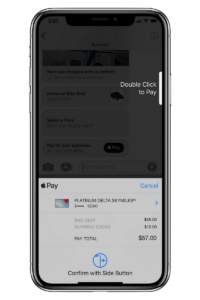 when our normal was just normal, consumers leaned on the ease, convenience, and speed that shopping from their smartphone offered.
when our normal was just normal, consumers leaned on the ease, convenience, and speed that shopping from their smartphone offered.
As the world still works through “new normal” restrictions on physical locations, we’ve seen a surge in use as more consumers have looked to online shopping, delivery, and curbside pickup to get through their days. According to comScore consumers spend 85% of their smartphone time using only 5 apps, which tend to be either social media, messenger or other media apps. It makes sense that businesses would marry the power of messaging with consumers preferences.
He predicted these real-time conversations would facilitate more convenient online sales. Mr. Messina has yet to comment on where he picked up that incredibly accurate crystal ball of his, but looks like he was pretty spot on. Now, let’s talk about how your company can benefit from an investment in conversational commerce.
Why Invest In Conversational Commerce
Consumer expectations of speed and convenience have birthed new innovations that are opening up a seamless communication between brands and customers. Gone are the days where customers were satisfied with dialing an 800 number or having to write an email to get help.
Whether it’s a chatbot on Messenger, someone managing direct messages on Twitter, or taking orders via text message, consumers will choose brands that go that extra mile to make their experience personalized and efficient. Needless to say, businesses are investing to make that happen.
Consider these statistics by Gartner:
- At least 60% of companies will use artificial intelligence to support digital commerce.
- 30% of digital commerce revenue growth will be attributable to artificial intelligence technologies, such as those that power conversational commerce.
- 5% of all digital commerce transactions will come from a bot, such as those that power conversational commerce.
All of the major trends in commerce over the past couple of decades have been in moving to where customers are. Rather than forcing customers to come to you, you go to where they are. The next generation of that is conversational commerce.
Create A More Natural Brand-Consumer Relationship With Conversational Commerce
Conversational commerce, much like regular conversations, are meant to build relationships. Conversational commerce is an opportunity to move beyond email blasts, promotional posts on social media, and other communication methods that provide just one-way communication. SMS and other messaging apps enable you to keep your customers informed with updates, and allows them to respond on the same message thread. A real-time exchange of information? Now that’s a conversation.
Creating engaging experiences on these channels are better and easier if your agents have a single view of your customers. Quiq makes it easy for companies to manage conversations with an intuitive agent desktop and native integrations with Salesforce.com, Zendesk, Shopify, and Oracle Service Cloud.
Quiq is architected with an “API First” strategy which means we seek to work in harmony with your existing systems. With Quiq’s integration frameworks you can customize our UI to include data from your internal operations systems or synchronize conversation data into your reporting, customer and other backend systems.
Get Started with Conversational Commerce
Getting started with conversational commerce isn’t complicated. Start with one new channel that customers visit every day such as WhatsApp or Facebook Messenger. Better still, start with text messaging, a universally accepted way to engage with consumers.
If you’re ready to put conversational commerce to work so that your business can thrive schedule some time to speak with one of our conversation experts today.
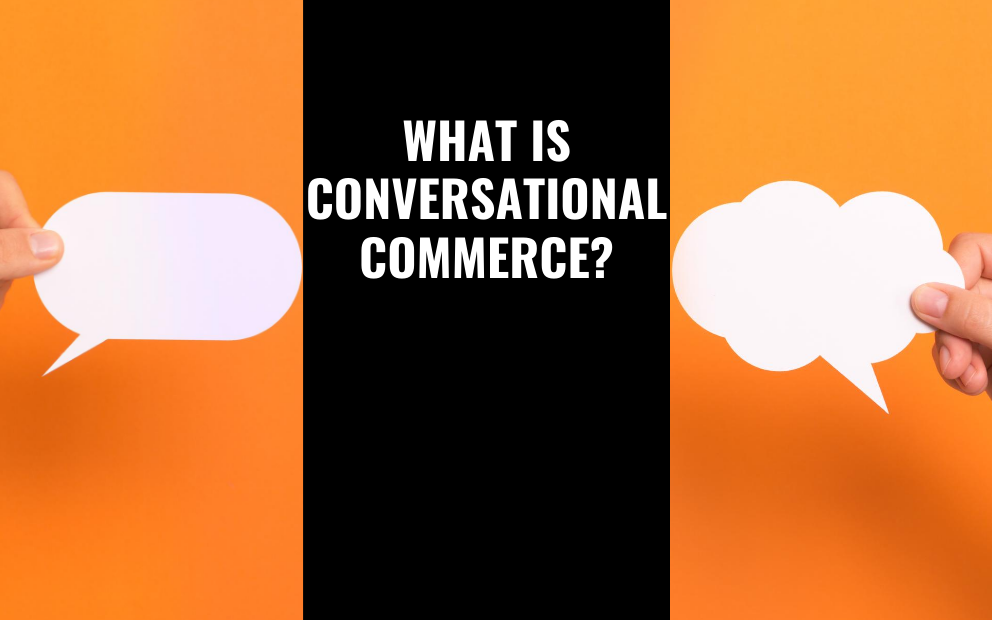


 The first foundational requirement is a shared customer session. This means that all of the messages exchanged between the customer and
The first foundational requirement is a shared customer session. This means that all of the messages exchanged between the customer and
 Author: Kyle McIntyre
Author: Kyle McIntyre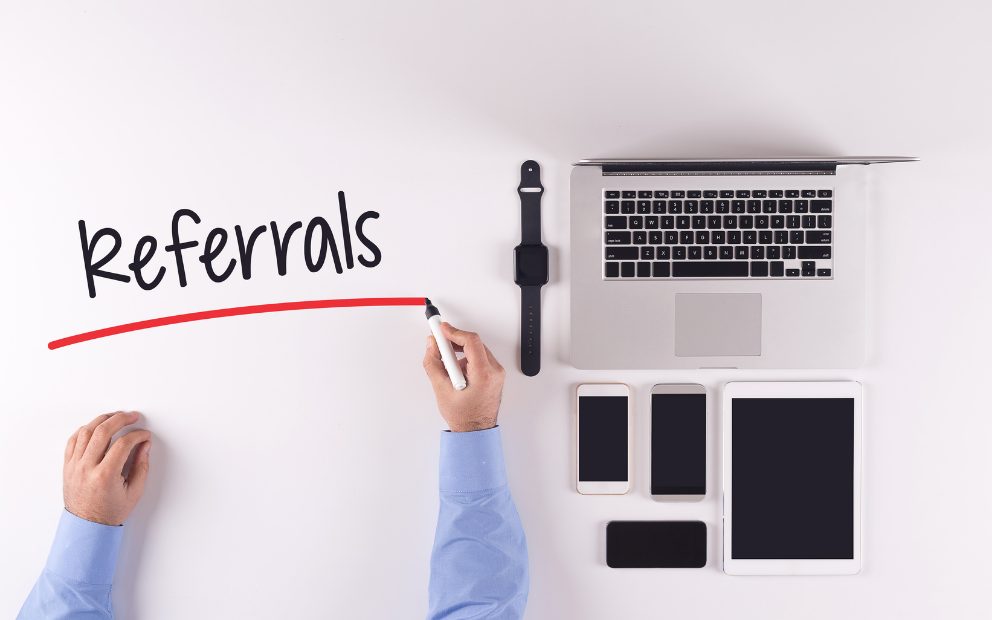
 With these incredible benefits, you’d think every company would have a referral marketing campaign. The honest truth is that asking your customers at the right time to leave a review isn’t always as easy as it seems. And you will have to ask.
With these incredible benefits, you’d think every company would have a referral marketing campaign. The honest truth is that asking your customers at the right time to leave a review isn’t always as easy as it seems. And you will have to ask. 

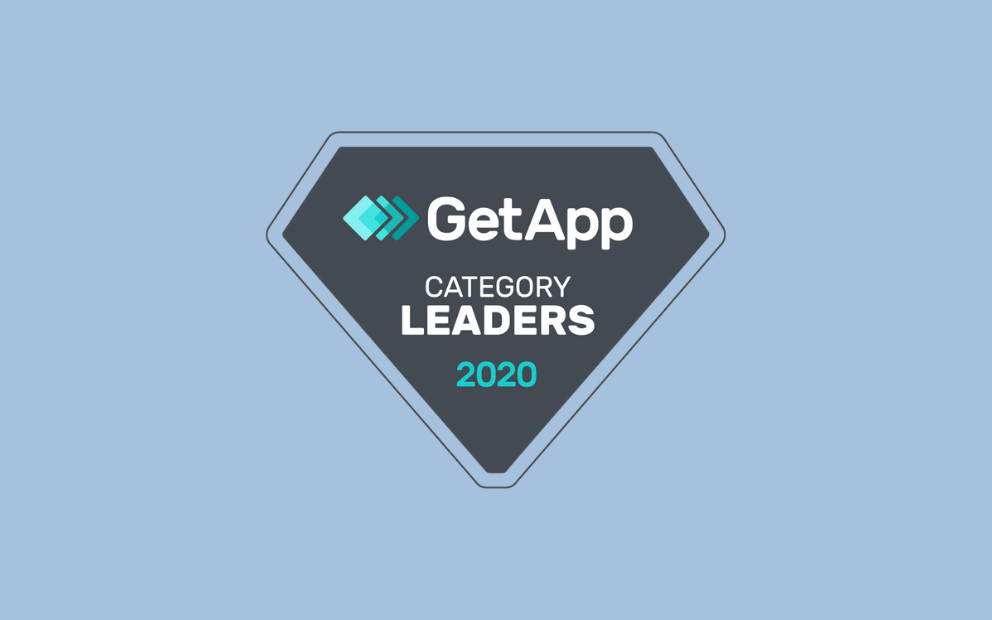
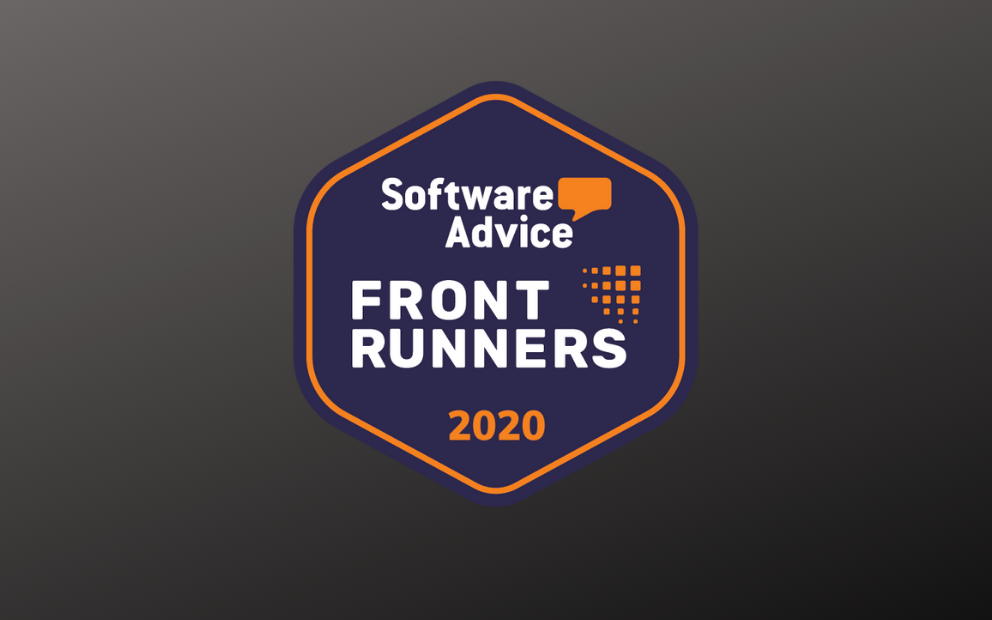

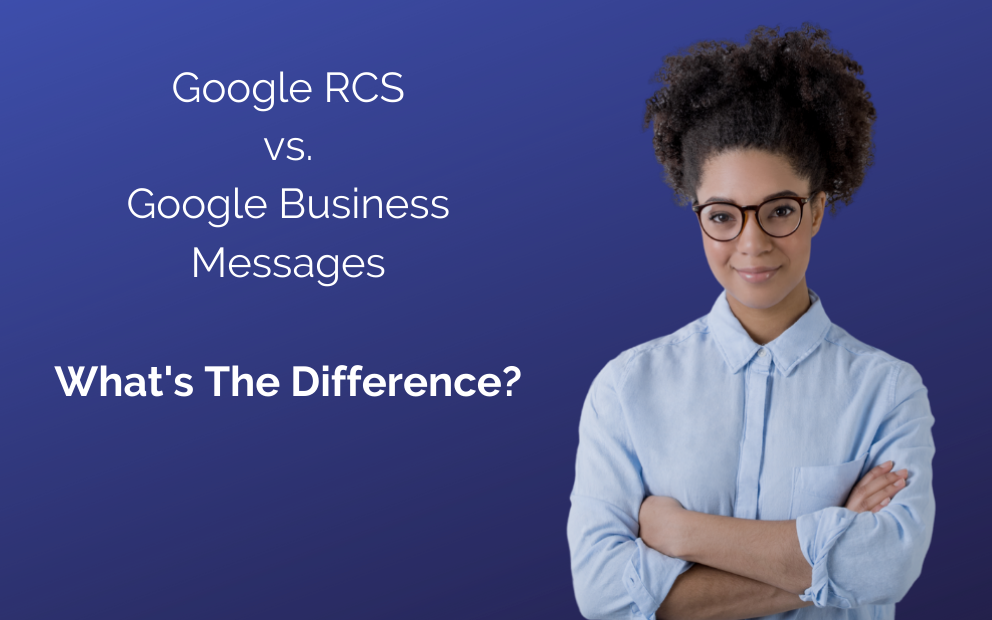



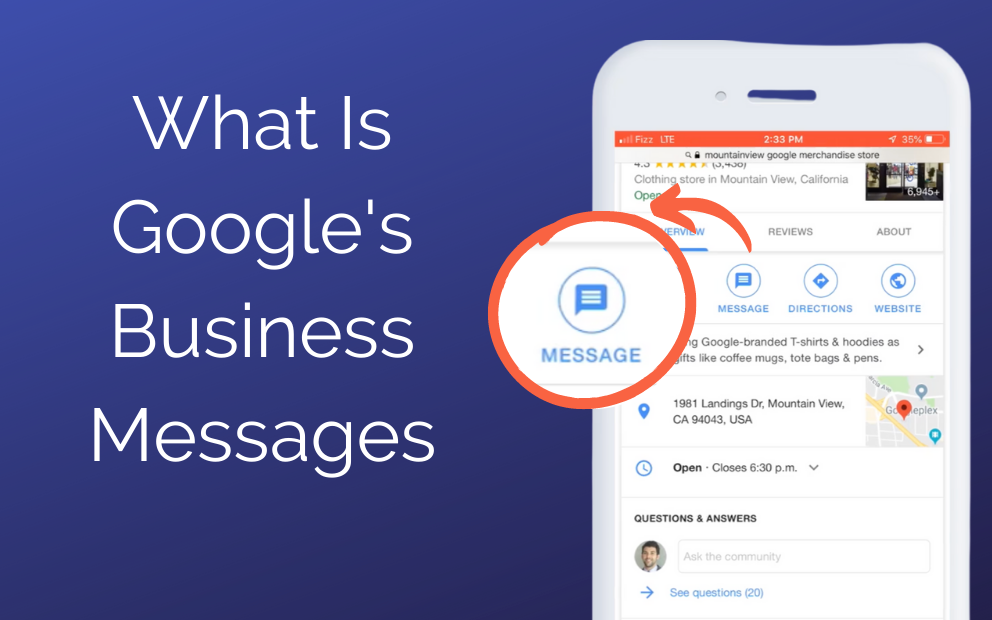



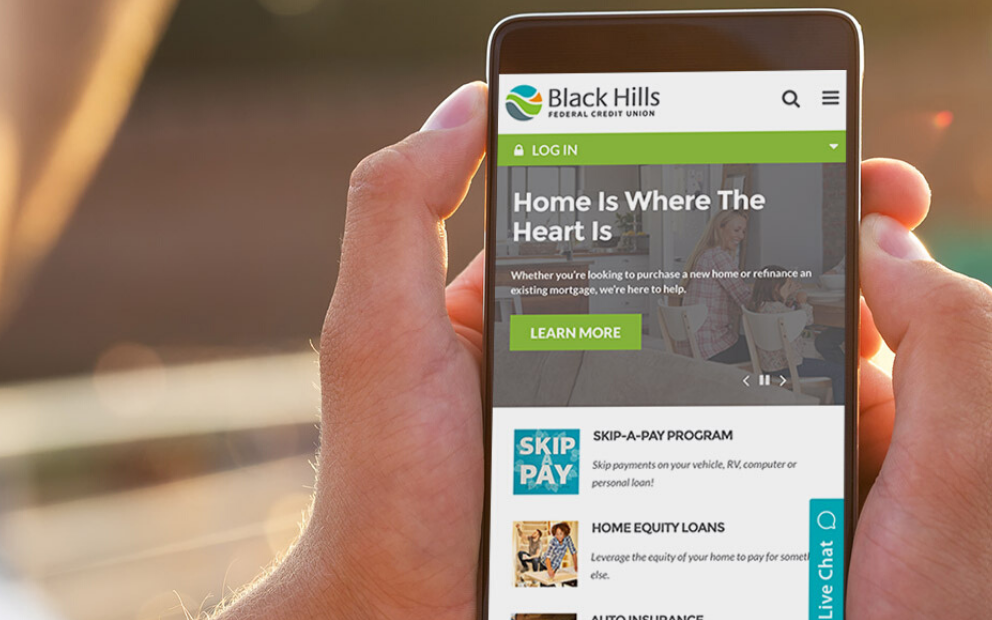
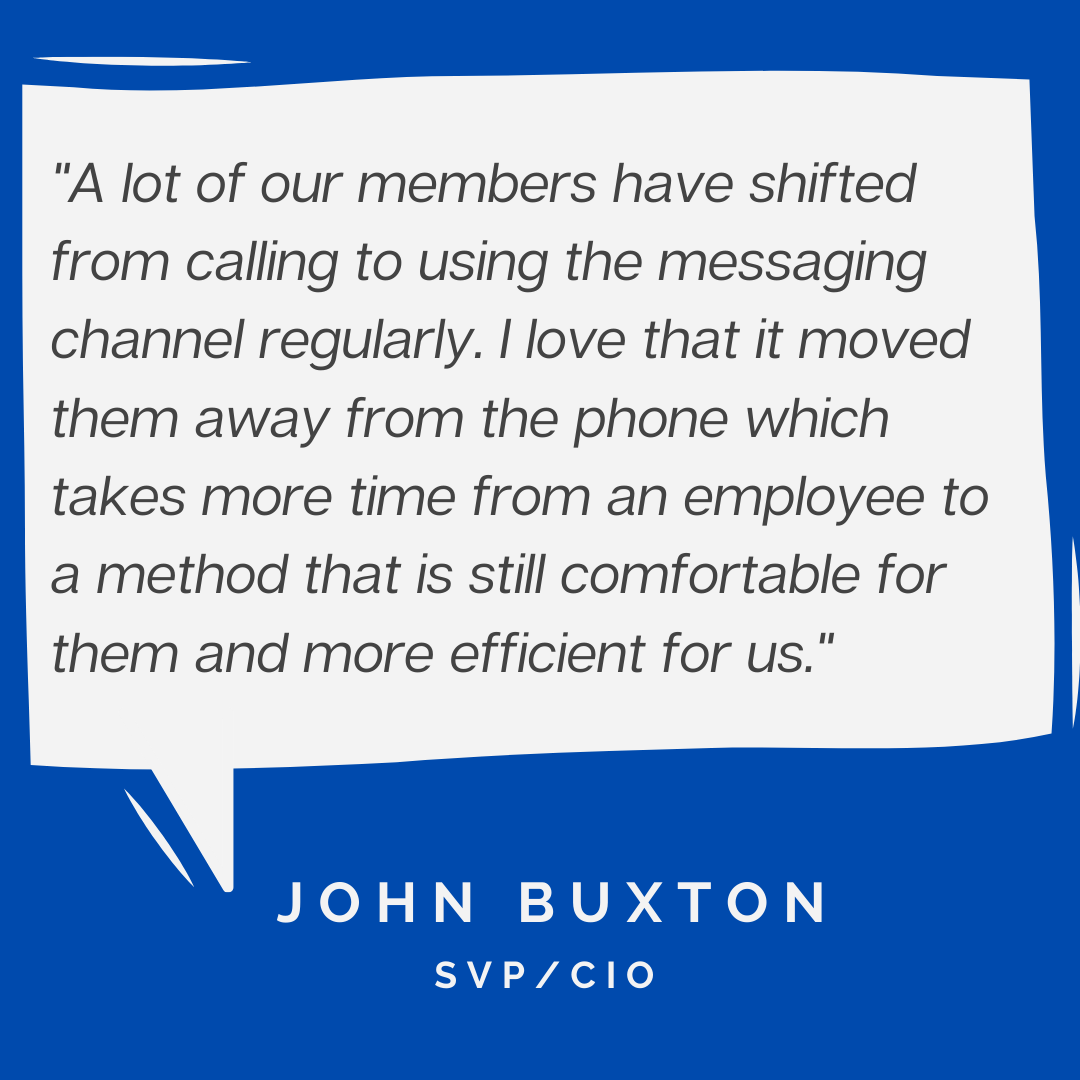 Black Hills Federal Credit Union (BHFCU) is proud to be a part of the community they serve. They help members who are spread out across SouthDakota buy their first home, their first car, that second home, and even start businesses.
Black Hills Federal Credit Union (BHFCU) is proud to be a part of the community they serve. They help members who are spread out across SouthDakota buy their first home, their first car, that second home, and even start businesses.
 The team at Black Hills decided to take things slowly to get a feel of the new channel and implemented Quiq for inbound texts only. Getting started with Quiq was straightforward and happened quickly. In the words of SVP/CIO John Buxton, “Implementation was super smooth.” The credit union has since added web chat, outbound messaging, and integrated messaging with their IVR system.
The team at Black Hills decided to take things slowly to get a feel of the new channel and implemented Quiq for inbound texts only. Getting started with Quiq was straightforward and happened quickly. In the words of SVP/CIO John Buxton, “Implementation was super smooth.” The credit union has since added web chat, outbound messaging, and integrated messaging with their IVR system.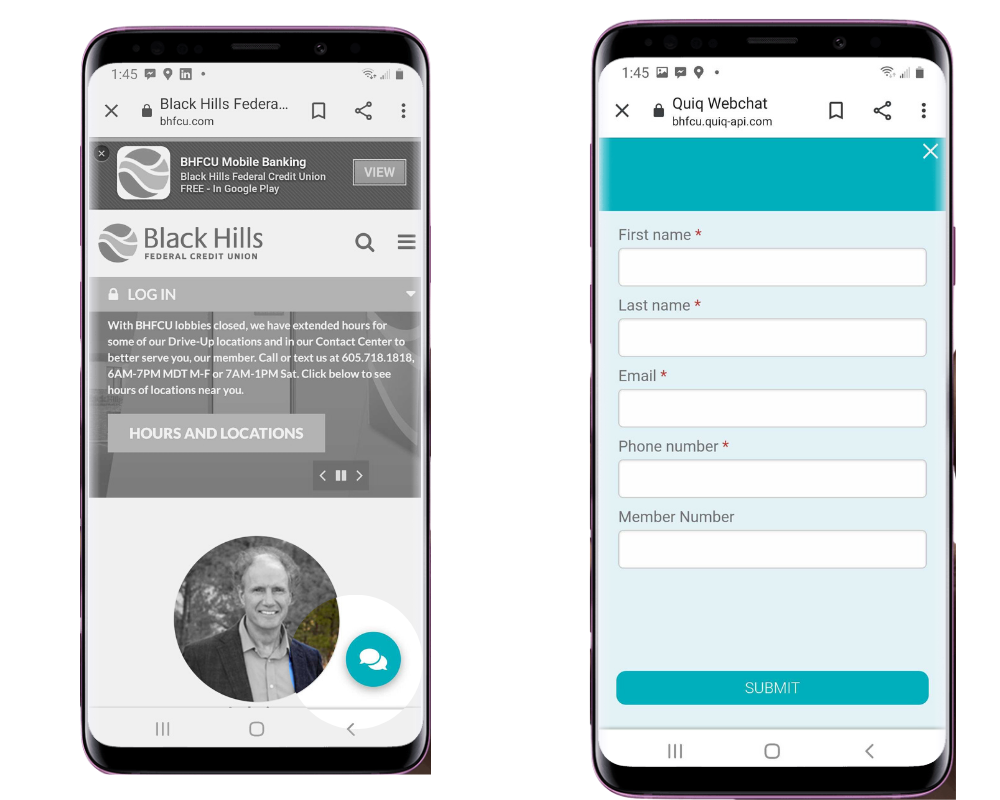


 The intuitive nature of texting and Quiq’s interface made employee training easy, providing the flexibility the organization needed during the staffing turmoil of the pandemic. “The beauty is that it’s so easy we’ve been able to have employees from all over the organization, including many employees who have never talked to members, using the channel, supporting them, and it’s just been seamless, so that’s been really great. It’s been the silver lining in rolling out something in the midst of COVID.” says April Cooper, Director of Digital Experience at Northwest Community Credit Union.
The intuitive nature of texting and Quiq’s interface made employee training easy, providing the flexibility the organization needed during the staffing turmoil of the pandemic. “The beauty is that it’s so easy we’ve been able to have employees from all over the organization, including many employees who have never talked to members, using the channel, supporting them, and it’s just been seamless, so that’s been really great. It’s been the silver lining in rolling out something in the midst of COVID.” says April Cooper, Director of Digital Experience at Northwest Community Credit Union.
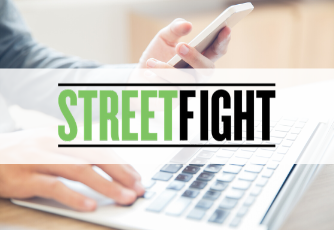



 When Kim Essensa, Stio’s Customer Experience Manager, joined the company in June of 2018, Stio had been experiencing annual growth rates of 52 percent. In the second quarter of 2018, Stio’s growth accelerated to an impressive 70% year over year.
When Kim Essensa, Stio’s Customer Experience Manager, joined the company in June of 2018, Stio had been experiencing annual growth rates of 52 percent. In the second quarter of 2018, Stio’s growth accelerated to an impressive 70% year over year.


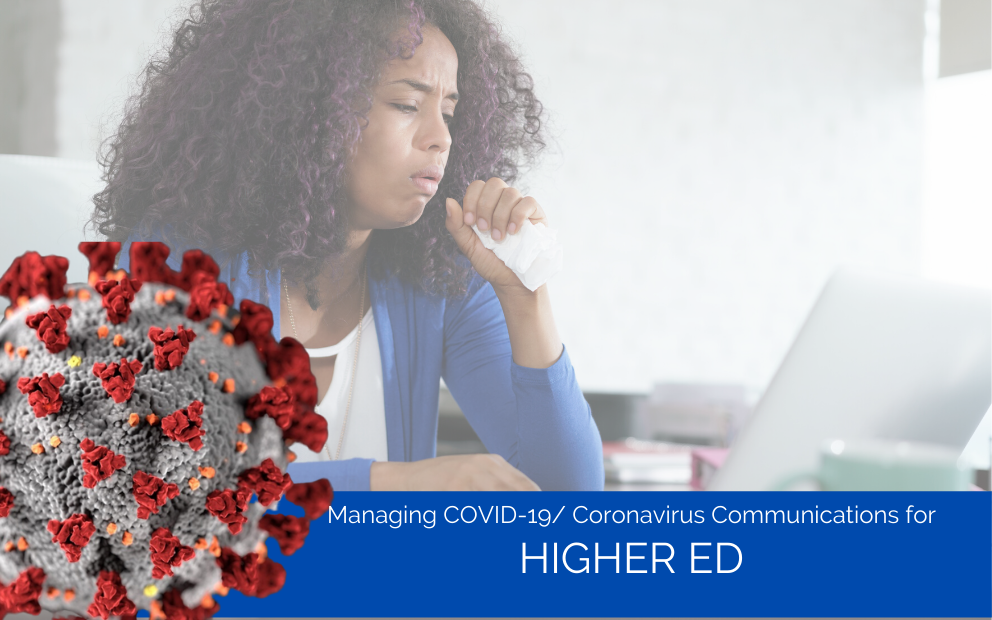


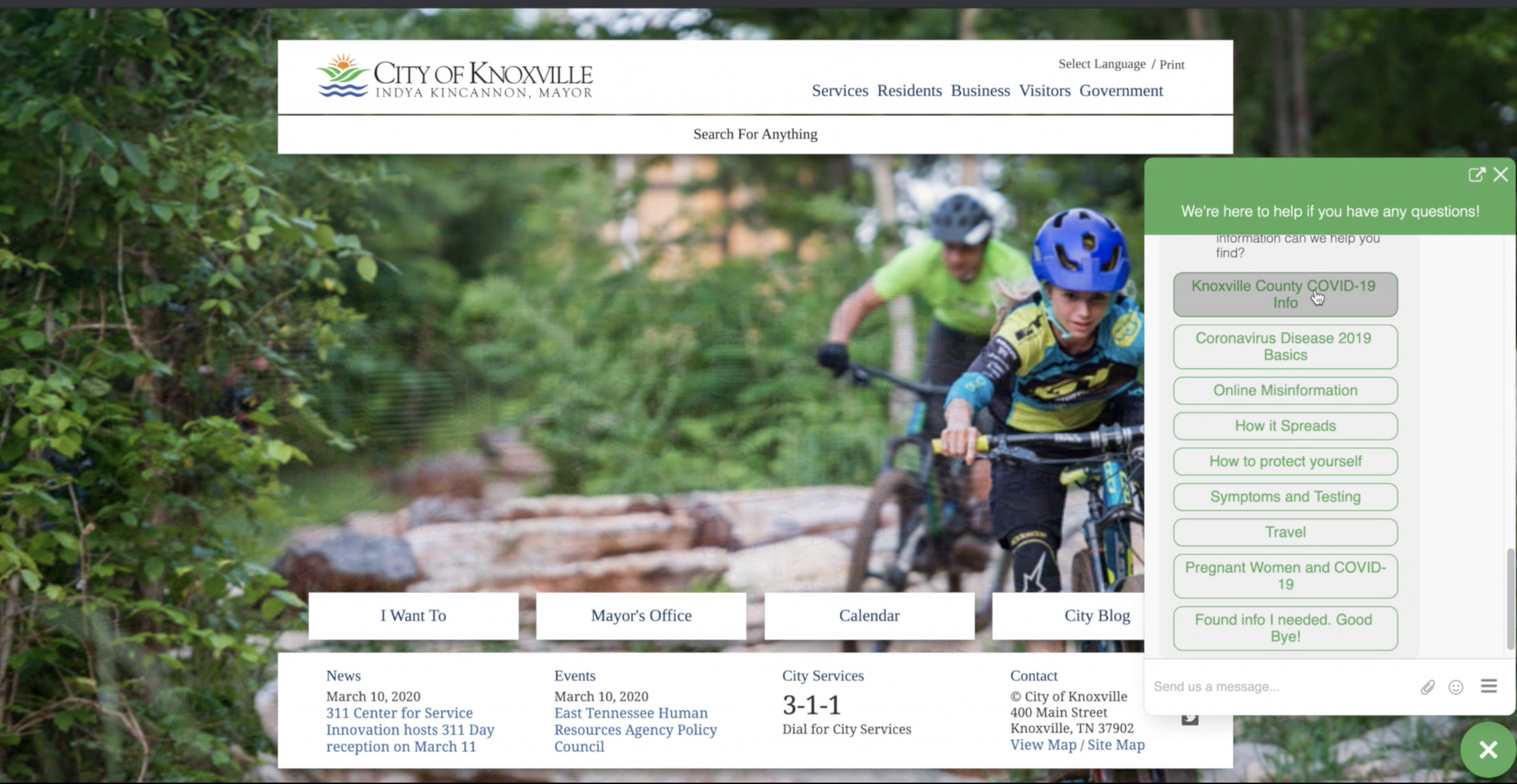





 Customer Preferences
Customer Preferences
 Competition
Competition Cost
Cost Scaling
Scaling